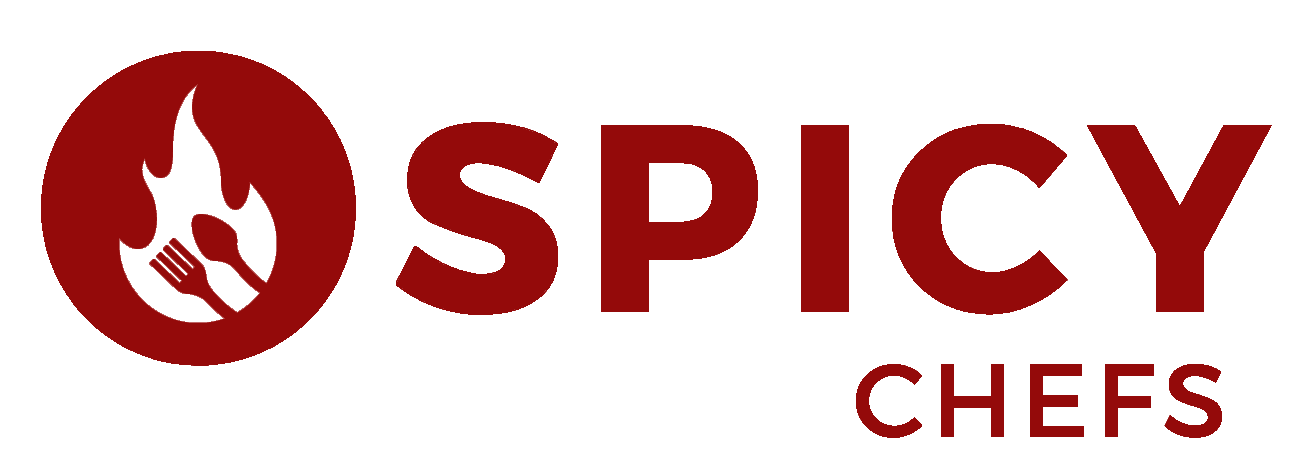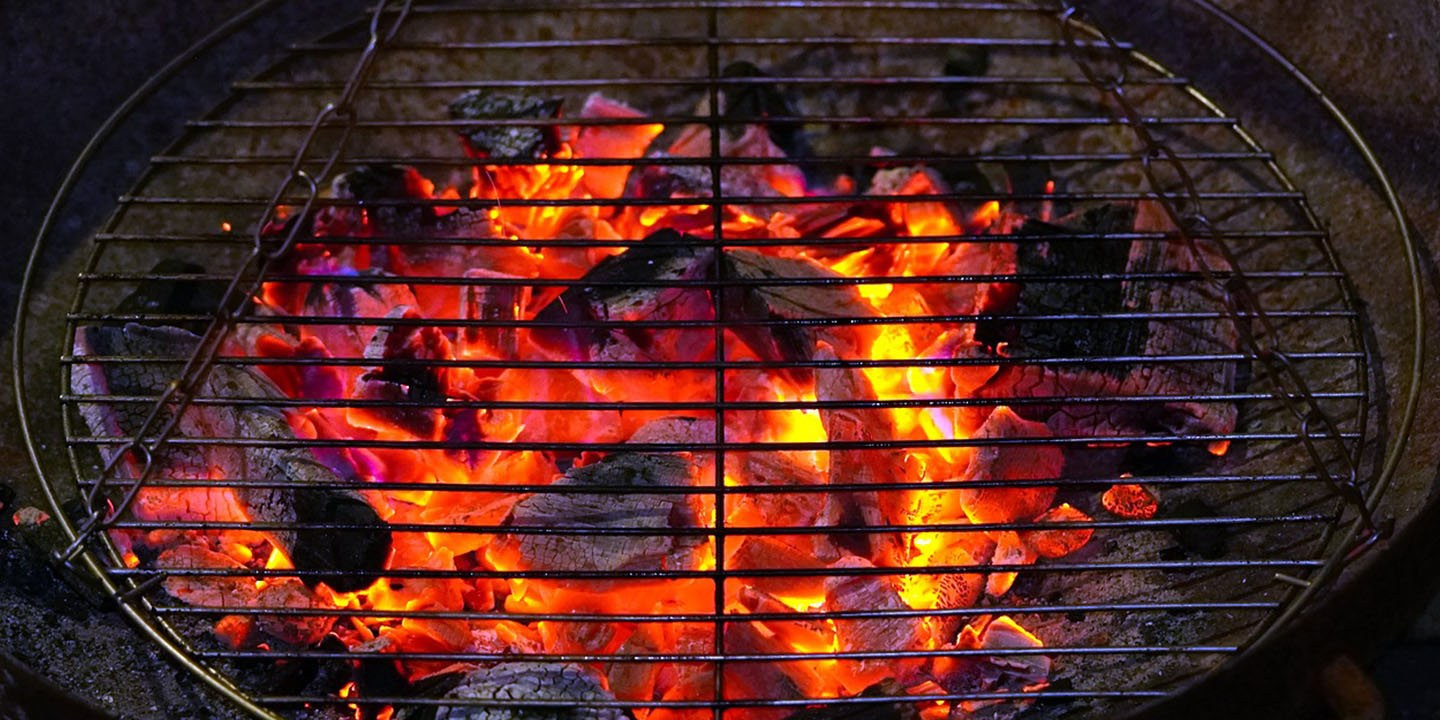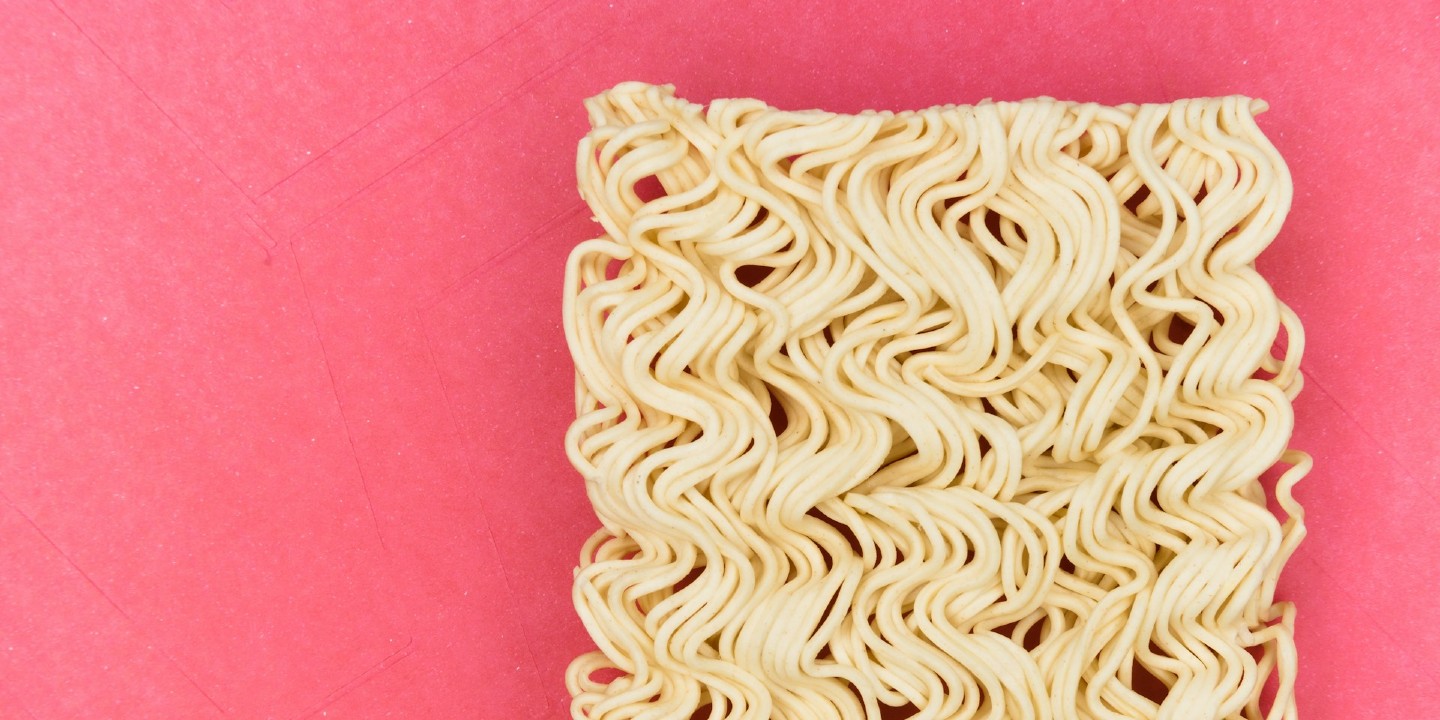10 Reasons You Need More Zinc In Your Diet & 10 Foods To Get It From
Are You Getting Enough Zinc?
Ever wonder why some people seem to heal faster and get sick less often? Well, the secret might be sitting right in their kitchen. Zinc plays a crucial role in ensuring your body runs smoothly and optimally. So, let's look at the importance of this miracle mineral before moving onto to 10 foods that are loaded with it.
1. Boosts Immune Function
Your body's defense system needs a reliable supply sergeant, and zinc fills that role perfectly. This essential mineral activates T-cells, your immune system's frontline warriors, while simultaneously supporting the production of antibodies. Zinc deficiency can significantly impair both innate and adaptive immune responses.
2. Accelerates Wound Healing
As soon as tissue damage occurs, zinc rushes to the site to coordinate collagen synthesis and cellular regeneration. A study from the 1970s (Greaves and Skillen) found that wounds healed in an average of 45.8 days in the zinc-treated group, quicker than otherwise.
3. Supports Protein Synthesis
Every protein in your body—from the keratin in your hair to the enzymes breaking down your breakfast—depends on this mineral for its creation. Without adequate zinc, your cellular factories can't manufacture life's building blocks. This process happens millions of times per second throughout your body.
4. Maintains Hormonal Balance
Zinc acts as a master key in your endocrine system, unlocking proper hormone production and regulation. It's vital for testosterone production in men and helps regulate insulin sensitivity in everyone. Women experiencing PMS often find relief through zinc supplementation because it helps balance estrogen.
5. Enhances Brain Function
Scientists have discovered that zinc concentrations in the brain are among the highest in the entire body, particularly in areas responsible for learning and memory. It facilitates neurotransmitter communication and serves as the brain's electrical conductor. Your hippocampus contains exceptionally high zinc levels.
 Photo By: Kaboompics.com on Pexels
Photo By: Kaboompics.com on Pexels
6. Facilitates DNA Repair
Your genetic material faces constant assault from environmental toxins, radiation, and normal cellular processes, but zinc stands guard as your cellular security system. It is important for DNA synthesis and repair mechanisms that help in keeping your genetic code intact.
7. Provides Antioxidant Protection
Free radicals attack your cells like microscopic vandals. Here’s what coordinates your body's antioxidant defense team. This mineral doesn't just fight oxidative stress. It supports the production and function of other antioxidants like superoxide dismutase. Oral zinc supplementation usually reduces inflammatory acne lesions.
8. Promotes Healthy Skin
In persistent acne cases, dermatologists may consider zinc levels among other factors. After all, this mineral regulates oil production, lowers inflammation, and supports the skin's natural healing processes. Zinc also protects against UV damage and supports the production of new skin cells.
 Photo By: Kaboompics.com on Pexels
Photo By: Kaboompics.com on Pexels
9. Supports Growth & Development
Children experiencing growth spurts need zinc like cars need gasoline—without it, development simply stalls. After all, it is required for cell division, protein synthesis, and hormone production during critical growth periods. Pregnant women require extra zinc to support fetal development.
10. Preserves Taste & Smell
Imagine losing the ability to taste your favorite chocolate or smell fresh coffee brewing. That's often the first sign of deficiency. This mineral maintains the sensory cells in your nose and tongue that detect flavors and aromas. Otherwise, everything can taste metallic or bland.
 Photo By: Kaboompics.com on Pexels
Photo By: Kaboompics.com on Pexels
Now that we’ve seen why this mineral deserves a place in our daily nutrition plan, let's explore a few food items to derive it from.
1. Oysters
When French aristocrats claimed oysters as aphrodisiacs, they unknowingly stumbled upon zinc's role in reproductive health. These oceanic treasures contain more zinc per serving than most other foods. The mineral content differs by species and location, with colder water oysters typically packing more nutrients.
2. Red Meat
Beef, lamb, and pork deliver zinc in its most bioavailable form, meaning your body can actually use what you consume. The heme iron naturally present in red meat enhances zinc absorption. Grass-fed varieties typically contain higher mineral concentrations than grain-fed alternatives.
3. Pumpkin Seeds
Pumpkin seeds, which are hulled and dried, tend to provide about 2.2 mg of zinc per ounce (28 grams). This is roughly 20% of the recommended DV. When roasted in their shells, they may provide slightly more, with some sources noting up to 6.6 mg per serving.
4. Dark Chocolate
High-quality dark chocolate with minimal processing retains significant amounts of zinc along with powerful antioxidants called flavonoids. The darker the chocolate, the better the mineral amount, with varieties containing 85% cacao or more providing the most nutritional benefits. It is also rich in iron.
5. Chickpeas
Middle Eastern cultures have celebrated chickpeas for thousands of years, incorporating them into daily meals through hummus, falafel, and hearty stews. These protein-packed legumes offer vegans a reliable zinc source. Soaking dried chickpeas overnight and cooking them from scratch maximizes zinc bioavailability.
6. Eggs
The zinc in eggs concentrates primarily in the yolk, along with other fat-soluble vitamins that require dietary fat for proper absorption. For example, egg yolk contains about 2.3 mg of zinc per 100 grams, while the egg white has about 0.03 mg per 100 grams.
7. Crab
Crab is a low-calorie, high-protein food rich in zinc, which supports immune function, wound healing, and metabolism. Alaska king crab and blue crab are said to be among the richest types, providing between 3 to 8 mg of zinc per typical serving size.
 Fred Hsu on en.wikipedia on Wikimedia
Fred Hsu on en.wikipedia on Wikimedia
8. Quinoa
Technically a seed, quinoa provides this mineral alongside all nine essential amino acids your body cannot generate by itself. Raw Quinoa (around 100 g) delivers about 3.1 mg of zinc, or 28% of the DV. When cooked, it delivers approximately 1.1mg per 100 grams.
9. Spinach
Well, cooking spinach breaks down oxalates. This can interfere with zinc absorption, making sautéed or steamed spinach your best bet for zinc intake. The vitamin C naturally present in spinach enhances absorption, while the folate supports the DNA synthesis that zinc facilitates.
10. Lentils
Interestingly, Lentils contain phytates, which are antinutrients that can inhibit zinc absorption to some extent. One cup cooked (about 198g) can give you approximately 2.5 to 3 mg of zinc, which corresponds to about 23–25% of the required daily intake.
























